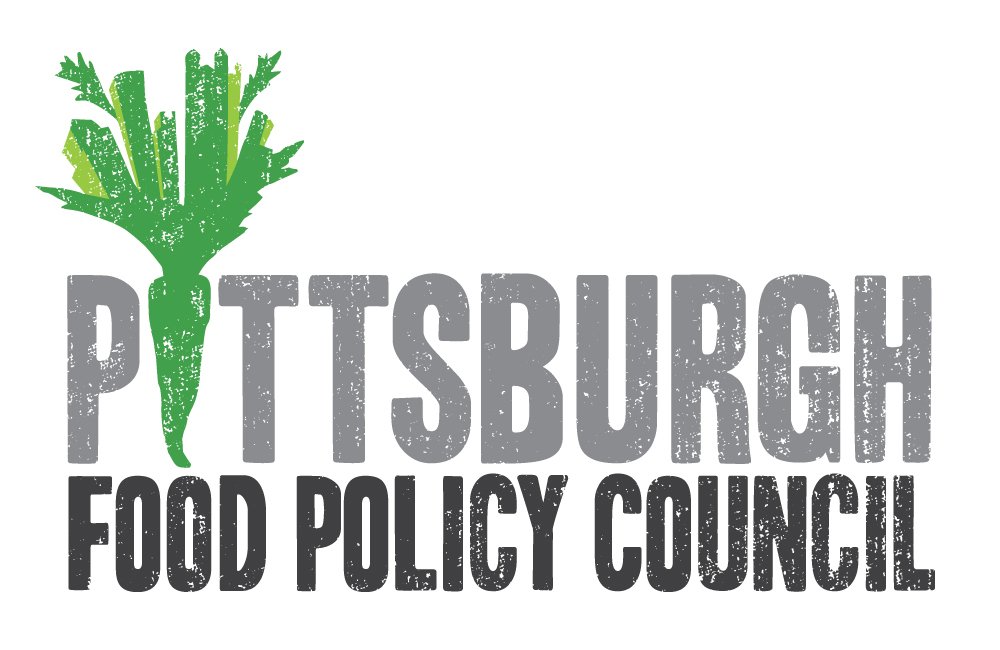Shiitake Mushroom Grower’s School
John Pecchia Ph.D., Department of Plant Pathology and Environmental Microbiology, is the Director of the Mushroom Research Center at Penn State University and presented on October 7th to this class at North Park near Pittsburgh.
We learned that Pennsylvania grows more mushrooms than anywhere else in the country. Two-thirds of USA mushroom production takes place in Chester and Berks Counties in the eastern part of the state. 90% of American Production is of white button mushrooms, but morels, shiitake, chanterelle, enoki, paddy straw, and oysters are also grown here. The oyster mushrooms grow the easiest and fastest so they are the best place to start for production.
The process of inoculating logs requires mycelium (spawn) to be placed inside the growing medium, whether natural or synthetic and then climate-controlled (temperature, humidity, light, and air). The ideal growing conditions for mushrooms are around 70 degrees Fahrenheit and greater than 90% humidity. Natural logs work well and oaks and maples serve as the best hosts. For natural logs, it is best if the log is newly cut so that it hasn’t dried out. Synthetic logs are just bagged mixes of sawdust, millet, rye, and water to keep feeding the mycelium. Synthetic logs are easier for larger, commercial operations. The best guides for growing on natural logs come from Cornell University.
We then discussed the market outlook with Molly Berntsen, from Penn State Extension, for growing mushrooms in Western PA and it was clear that while there are heavy costs upfront with a delay on returns, the potential is there to fill a void in local mushroom production.
After learning all about the mushroom varieties and how they’re grown commercially and in a home setting, we set about inoculating logs on our own with the help of Dr. Pecchia. We drilled holes into our logs that they had freshly acquired and then we placed the mycelium/spawn into each hole and covered them with wax so that the mycelium will spread throughout the whole log while the wax helps to keep out other fungi or bacteria. Once we see pie-shaped fungi forming on the ends of the logs (we must be patient and wait up to a year), we can begin to flush the log by placing it in water for 24 hours to start flushing out the shiitake mushrooms and harvesting then within 21 days of the flush.
My attendance at this workshop could not have been possible without the support of The Pittsburgh Food Policy Council and their Urban Ag Working Group who generously administer The Pittsburgh Urban Grower's Scholarship Fund generated by the Pittsburgh Urban Farm Tour. The Tour is organized by the East End Food Coop, the Pennsylvania Association for Sustainable Agriculture and the Pittsburgh Food Policy Council. This fund has allowed me to examine a part of agriculture that I had only experimented with on a home gardening level and allowed me to imagine the possibilities that commercial mushroom production could have on the work we are doing in the Hilltop communities. As we grow our Youth Farm and Farm Incubator programs, mushroom production (commercial or otherwise) is another avenue that we could explore to not only educate local youth and community members about agriculture as a career pathway but also help financially support our programs to be a more sustainable, nonprofit urban farm.
The report was written by: Ned Brockmeyer, Director of Farm Programs at Hilltop Urban Farm
Funded by: The Pittsburgh Urban Grower's Scholarship Fund
